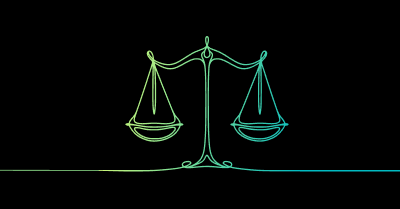Elaine is a Senior Specialist at ReSource Pro Compliance
Although state insurance departments license both individuals and agencies for most license types and lines of authority; if there’s an issue, they want a real, live human being to take responsibility for correcting the problem. That’s the role of the Designated Responsible Licensed Producer. This individual personally guarantees the entity’s regulatory compliance for specific lines of authority.
Finding the Right DRLP
When choosing your Designated Responsible Licensed Producer, there are four important factors to keep in mind:
Licensing
Every license type and line of authority held by the agency must be matched by a DRLP. If an LOA isn’t “covered,” or the individual’s license lapses, state regulators can cancel that line. In some states, agencies can divide the lines of authority between multiple individuals. Otherwise, at least one individual must hold an active license(s) for all the relevant lines.
Authority
Many states require the Designated Responsible Licensed Producer to be an officer of the corporation or a member/manager of the limited liability company. They don’t need to have an ownership stake in the agency, but they must oversee some aspect of the agency’s day-to-day operations. This ensures that the individual has the authority to fulfill their responsibilities as a DLRP.
Regulatory Knowledge & Reputation
A DRLP is there to ensure the agency’s compliance with the insurance laws, regulations, and procedures of the state. Thus, the person chosen needs to have the knowledge and experience to feel comfortable in this essential role.
The selected individual should also have an exemplary regulatory reputation, if possible. Firstly, it enables them to model appropriate behaviors for colleagues. Additionally, if the state requires your DRLP to be an officer, they must report administrative actions and certain other types of legal issues each time the agency submits a new license application. Avoiding someone with a criminal history or previous administrative actions can make for a shorter and smoother review process.
Commitment
Lastly, the person serving as DRLP should have a long-term commitment to the agency. While the costs for updating affiliations aren’t as much as those for securing a license, when you start multiplying those fees by several states, it can add up. Additionally, changing DRLPs frequently increases the chance of missing an update and provoking a regulatory incident. Remember, too, that if a DRLP leaves, there is only a small window—usually 30 days—to notify each state where the agency holds a license to register a new individual.
A Final Tip
Some states allow agencies to have more than one DRLP at a time for a given line of authority. In these states, having a “backup” for your primary DRLP can be well worth the time and money. Even in states that don’t allow multiple DRLPs, having a second individual with the appropriate licenses ready to step into the role if needed is a wise strategy.
Find out how ReSource Pro helps insurance agencies and producers meet their licensing and compliance needs by visiting our compliance page.



